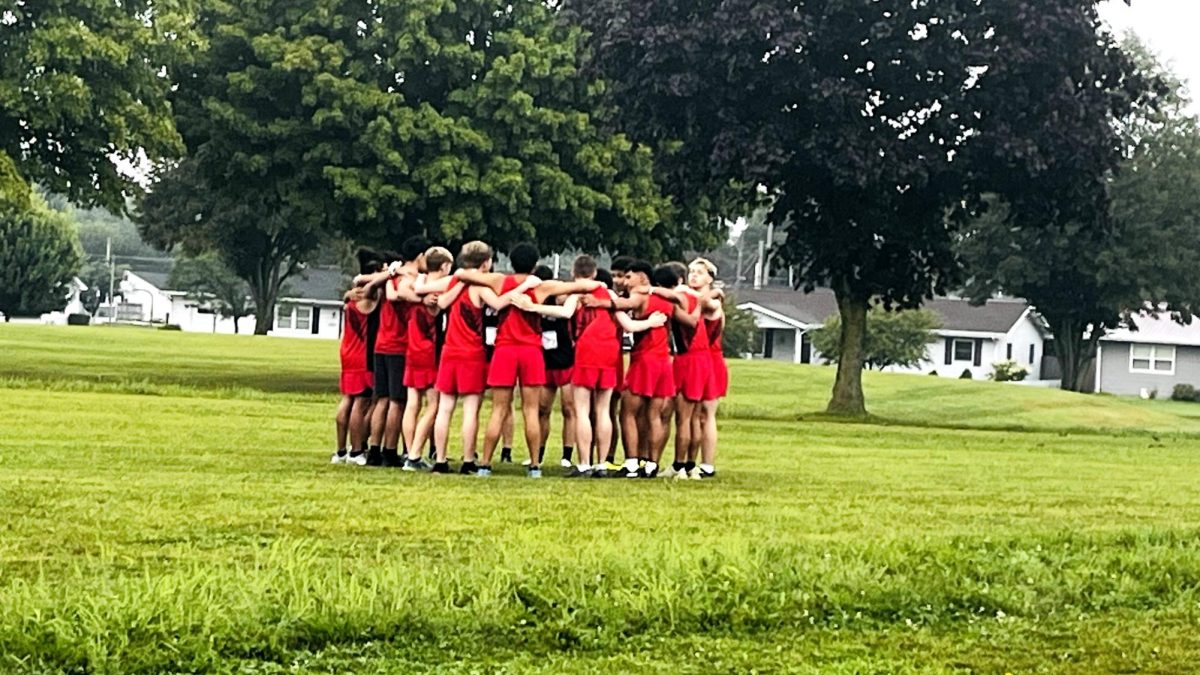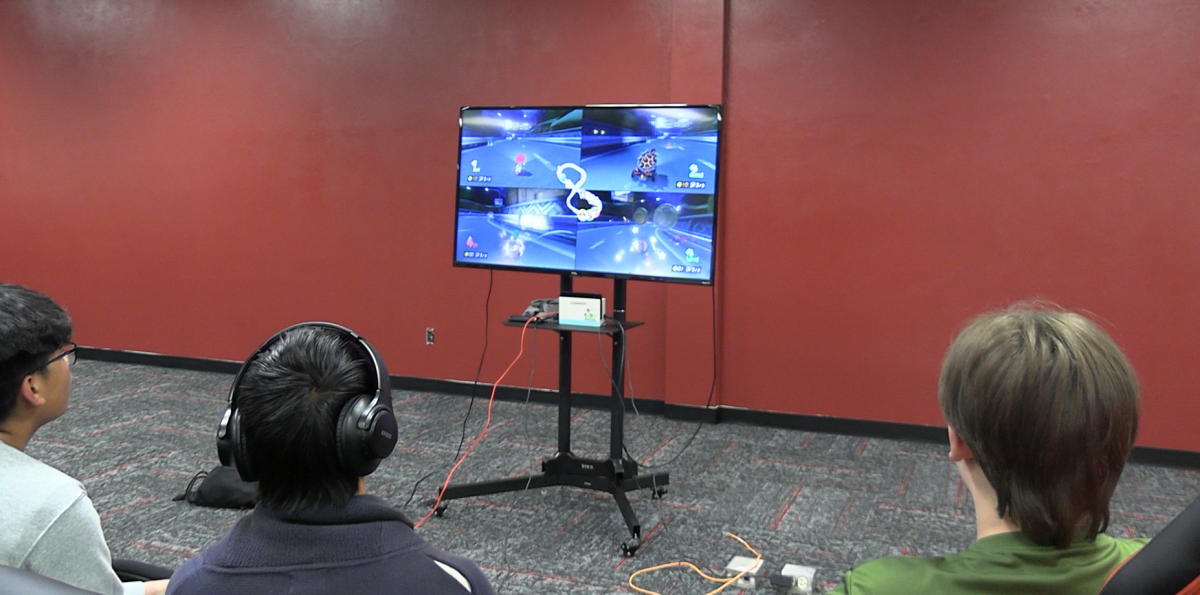Cross-country and track are two of the most popular forms of running over distances. They have specific natures, training methods and competitive structures. Though similar in many ways, cross-country and track usually serve different aspects of running and offer athletes different experiences.
Cross-country focuses more on endurance and distance since it is centered around distance running, usually ranging from 5K to 10K, which would be 3.2 to 6.2 miles. Running these distances requires a lot of endurance to maintain a steady pace.
Track, on the other hand, focuses on a variety of distances, usually ranging from 60-meter sprints to 10K. Yes, a runner also needs endurance to run track, but if they are running sprints, not as much endurance is required as in distance events or as in cross-country.
Cross-country training is a whole lot different than track training. The training regiment is distance-focused. A usual training week for cross-country consists of easy runs, hard runs and speed days, although the training can vary from week to week. The usual weekly mileage for cross-country is about 30 miles, but this can also vary depending on the training.
Training for Track is different from cross-country training. There are two different running areas for track: sprints and distance. The training for these two usually consists of hard days, speed days, and easy days. Distance training has a regular mileage of 20 miles, but this can vary from week to week. Sprinters only run two to three miles each week.
Competition-wise, cross-country is a team-centered sport. Your team scores points as a group, not as individuals like in track. The scoring of points depends on the position in which all your runners finish. The team with the lowest points wins because that team finished as a group or was close enough to each other.
Track competition is based on individual points. Yes, your team is scored, but it’s based on individual points. The points also depend on your position. If you finish in the top three, you get points, but if you don’t, you will not receive points.
In Conclusion, both have their own unique and different seasons. They are both great in their own ways.









